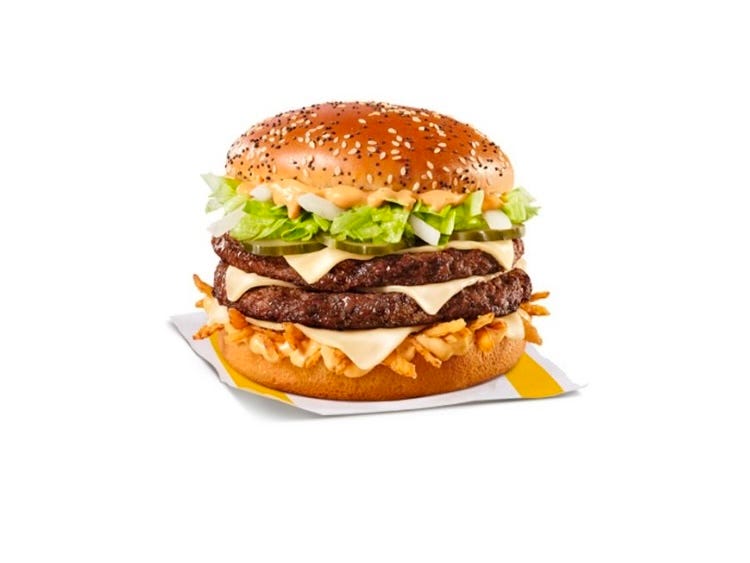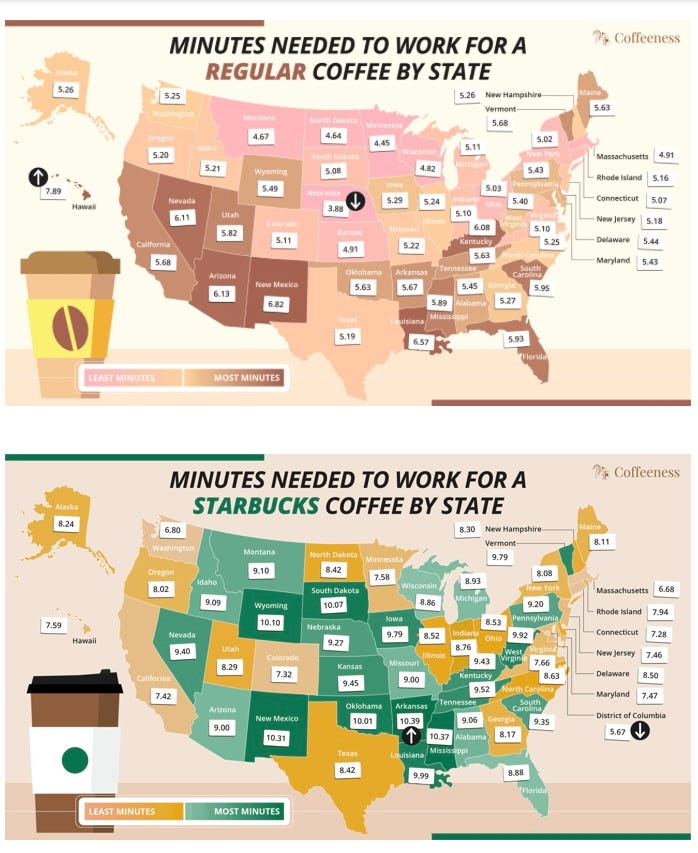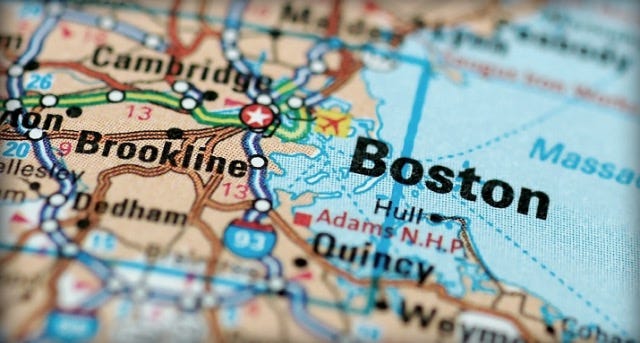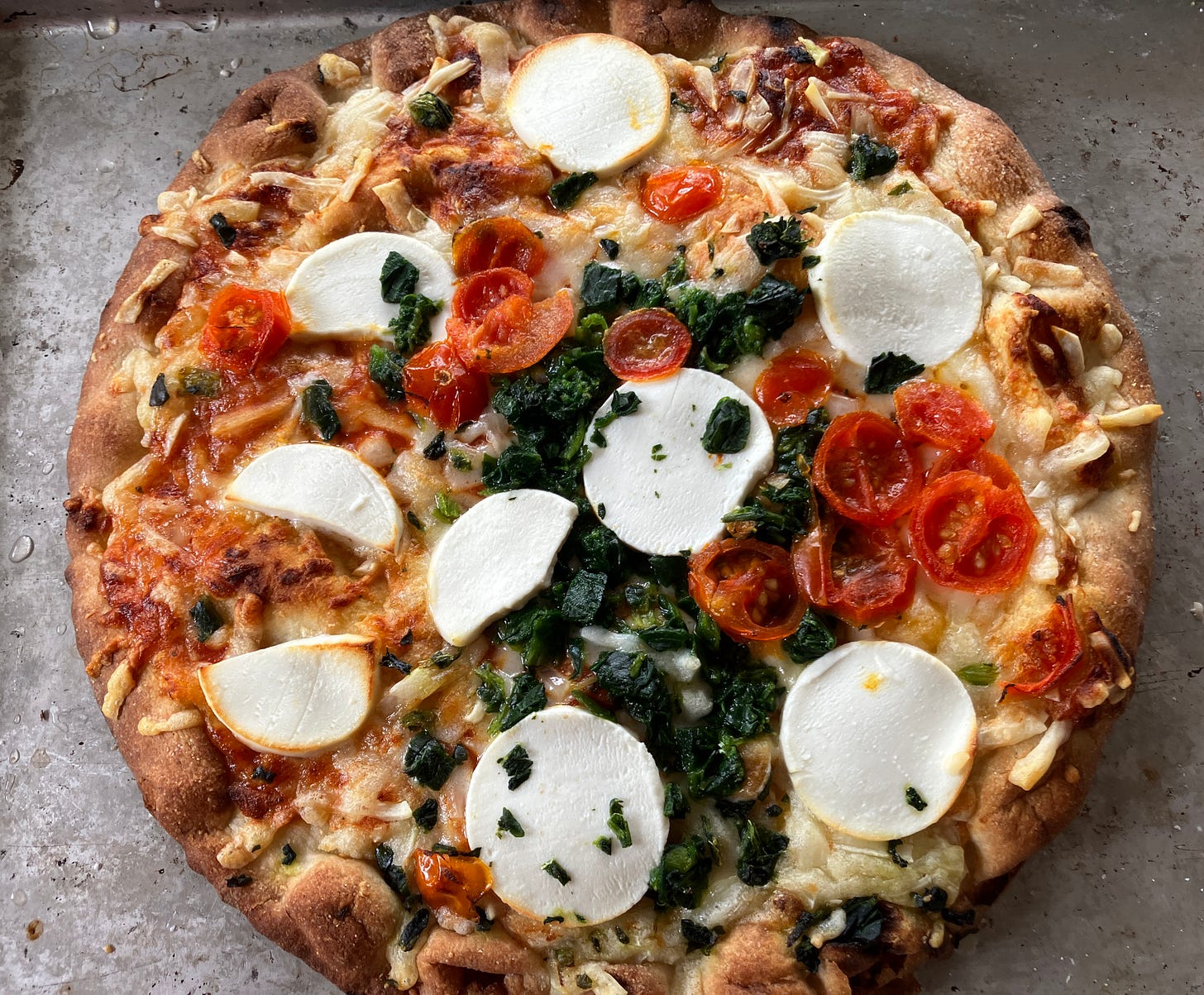Burgers $14, Cold Brew $5: Where Menu Prices Stand In 2025
There's fresh data on what consumers are paying for popular dishes
Welcome to the CulinaryWoman Newsletter! I’m glad to greet our returning subscribers, new subscribers and those of you who are following me on Substack. CulinaryWoman looks at topics in the turbulent food world, and the turbulence just keeps on coming.
If you’ve dined out anywhere lately, you know that prices are up. Sometimes, the comparisons can be eye-popping. This week, I’m sharing some data about where things stand.
Toast Tells Us How Much Menu Prices Have Risen
When you go to a restaurant these days, you increasingly are paying via point of sale systems, or POS. They’ve long been used in Europe and elsewhere, but they really took off in the USA during and after the pandemic.
These handheld systems mean you don’t have to stop at a cashier and you also can click to leave a tip. They are also sources of data for proprietors and the POS companies themselves.
One of best-known companies in the American market is Toast, which was founded in Boston in 2012. It’s now a public company (stock symbol: TOST) and has raised billions of dollars in funding. In 2023, Toast began taking restaurant reservations, which made it a competitor for OpenTable and Resy.
Toast says it has access to information at more than 100,000 restaurant locations, from fast food to upscale dining. That information is fueling its new Menu Price Monitor, which it updates each month when Consumer Price Index information comes out.
I was fascinated to see prices for some popular menu items. Keep in mind that these are nationwide, and an average of all the restaurants. Toast provided a comparison with March, as well as prices from 2024. Let’s start with food.
Burgers: In April, the median price of a burger was $14.31, up 6.6% in the past two years. Yes, we now live in a world where burgers cost $14, and I‘m sure you know places where burgers cost $20 and up. That usually includes fries, but burgers are no long the cheap eats they once were.
Burritos: these prices simply keep climbing. Forget about the cheap food you might have eaten in college or got as your fourth meal. In February, the median price was $13.32, up 7.5% in the past two years. One reason for the price hike is the higher cost of vegetables, which are often added to meat and rice.
Wings: In April, the median price of a order of wings was $13.67, compared with $12.99 two years ago. Toast didn’t state the size of an order, but I’m guessing it’s about six wings. Wing prices really spiked during the pandemic, because of Covid outbreaks at a number of food processing plants. They’ve come down, but the pinch is still there.
Moving On To Beverages
Beer: back in February, 2023, people paid a median price of $6 for a beer. Now, that price has risen to $6.41, or up 5.8% in two years. I know some craft beer drinkers wonder where you can get a beer for $6.41, but the numbers include everything from Big Beer to local brewers.
Coffee: The price of a regular cup of brewed coffee has jumped more than 16% in the past two years. It now sits at $3.50. According to Toast, “Extreme weather, including both droughts and flooding, has put a strain on coffee production over the past few years, but demand has continued to grow.” Those two factors are causing prices to rise more than other food items.
Cold Brew: A typical cold brew costs $5.40. It was $5 two years ago. Unlike regular coffee, cold brew coffee takes significantly longer to prepare. It has a shorter shelf life than brewed coffee, which is how baristas can charge more for it.
Working for that cup of coffee
Coffeeness, a blog that follows the coffee world, recently calculated how many minutes people have to work to afford a cup of coffee. It compared both local shops and Starbucks, and posted the results by state.
You can see the comparison in these two charts. Here in Michigan, I have to work 5.11 minutes to afford basic coffee, and 8.93 minutes for Starbucks. Actually, I make coffee at home, either with my Nespresso or a Moka pot. But you might have fun looking up your state.
I wonder what kind of increases you’ve noticed. I’ll tell you another area where prices have anecdotally gone up: ice cream. It’s getting harder and harder to find a cone or a cup under $5, even if you go for the kiddie size.
Michelin Takes On The East Coast
I recently told you that the Michelin Guide planned a new edition looking at restaurants across the South, including New Orleans. Now, Michelin has announced another new guide, which will look at places on the East Coast, including Boston and Philadelphia.
They will be part of the Michelin Guide for Northeast Cities, which is something of a misnomer, because Phily is definitely a Mid-Atlantic City.
There are already separate guides for Chicago, New York and Washington D.C.
Civic leaders in Boston previously were undecided about participating the project, which can require hundreds of thousands of dollars in local subsidies. But both Meet Boston and the Philadelphia Convention and Visitors Bureau praised the move.
Michelin said its Inspectors are already in the field, “making dining reservations and scouting for culinary gems throughout the cities.” The full 2025 restaurant selections will be revealed at a later date.
Meet The Man Who Who Invented The Rice Cooker
You may think that the rice cooker has been around much longer than 1955. But it was an invention by entrepreneur and engineer Yoshitada Minami, in association with Toshiba.
In 1955, two things happened. With Japan now independent of U.S. oversight, and its economy recovering, Toshiba was looking for a way to expand its appliance business. Meanwhile, Minami’s water-heating business started losing sales, because homes had been rebuilt after the war.
Toshiba engineer Shogo Yamada asked him to help it create a rice cooker. Minami turned to his wife for guidance in what women would want.
The end result went on the market in 1956, and millions have been sold since.
Japan Turns to An Unlikely Source For Rice Help
Not long ago, I share news about Japan’s shortage of rice, and its decision to release supplies from its emergency stockpile.
Now, according to the Japan Times, Japan is going to tape another source: the United States. Japanese retailers are turning to California-grown rice, known as Calrose, as an alternative to Japanese rice.
Aeon, Japan’s biggest supermarket chain, says it plans to sell Calrose beginning June 6. It is calling its version “Karoyaka” which translates as “light” in Japanese.
Through the years, Japan has always touted its rice as superior to other countries’ rice, especially competing products from South Korea and Thailand.
But, I’ve bought Calrose and it works perfectly find for all the dishes that I make. So, next time you see it in your local Asian market, you’ll know that it has become a lifeline for Japan, too.
Keeping Up With CulinaryWoman
When the economy gets rocky, there’s one culinary indicator: sales of frozen pizza. As I learned for Food & Wine, frozen pizza sales have jumped. They’re not just up at budget-friendly spots, they’re also up at more-expensive places, such as Giordano’s Pizza in Chicago, which does a brisk mail order business.
I’m always happy to hear from CW readers. You can find and follow me at these places. Out of curiosity, are you on Tik Tok? I’d love to follow you there.
Website: www.michelinemaynard.com
Email: culinarywoman (@) gmail dot com
Threads and Instagram: (@) michelinemaynard
Bluesky: mickimaynard.bsky.social
TikTok: CulinaryWoman
Tomorrow, a celebrity chef is sharing a terrific summer recipe with our paid subscribers. This will be an especially tasty edition of Red Beans & Advice.
Speaking of tasty, next week’s Memorial Weekend issue will be a taste test of some new products that I’ve been sent. You’ll get the newsletter on Friday, so keep an eye out for it.
Have a good week.









